A terrible killer, chronic kidney disease, may have affected more of your clients last year.
New survey results posted Friday by the U.S. Centers for Disease Control and Prevention show that, in 2022, in the median state, 3.5% of adults said they had been told that they had kidney disease. That was up from 3% in 2020, and up from 2.5% in 2013.
The CDC’s kidney disease prevalence data table gives results collected from 2011 through 2022. The 2022 median figure is the highest in the table, and the 0.5-percentage-point increase between 2021 and 2022 is the biggest one-year increase. The previous biggest increase was 0.2 percentage points.
For data for the 12 hardest-hit states, with 2021 data used to break 2022 ties, see the gallery above. For data on all 50 states, Puerto Rico and the District of Columbia, see the table below.
What it means: More of your clients may have to think about the costs related to severe kidney disease — including disability, dialysis and, possibly, transplant costs — in their financial planning.
The data: The CDC gathers kidney disease prevalence data through the Behavioral Risk Factor Surveillance System survey program.
One possible cause of the increase is that COVID-19 itself may have hurt people’s kidneys or increased kidney health testing — but the overall kidney disease prevalence in the median state held steady between 2019 and 2020 and increased only about 0.1 percentage points between 2020 and 2021.
Another possibility is that the increase in reported kidney disease prevalence between 2021 and 2022 is mainly an indirect effect of the pandemic, caused by the pandemic-related decrease in the use of preventive care and routine sick care.
The new 2022 numbers could also have been affected by factors such as physicians paying more attention to kidney health or other trends unrelated to the underlying chances that any given U.S. adult will have kidney disease.
However, analyses of the results for subgroups show that kidney disease prevalence also increased sharply for people in those groups,
For college graduates, for example, prevalence in the median state increased to 2.9%, from 2.4% in 2021; from 2.4% in 2019, before COVID-19 came to light; and from 1.8% in 2011.
For people ages 55 through 64, median-state prevalence increased to 4.4% in 2022, from 3.7% in 2021, 3.9% in 2019 and 3.4% in 2013.
The financial impact: Medicare pays for dialysis for Americans who have no other way to pay for it. The program spent a total of about $180 billion on people with all stages of kidney disease in 2018, and kidney care accounted for about one-quarter of Medicare spending that year, according to the National Kidney Foundation.
Medicare spent about $80,000 per year per person on care for people who were getting dialysis or kidney transplants.
For high-income clients with good private health insurance, one effect could be an end to any hope of keeping health savings account dollars for use later in life.
The other major economic impact may be loss of the ability to work. Only about one-quarter of the people getting kidney dialysis are in the labor force, and many of those people are working part-time, according to the American Kidney Fund.
Kidney Disease Prevalence, by State
| Jurisdiction | 2013 | 2016 | 2019 | 2021 | 2022 | Average change, in percentage points, per year: | ||
|---|---|---|---|---|---|---|---|---|
| (in percent) | 2013-2022 | 2019-2022 | 2021-2022 | |||||
| ..Alabama.. | ..2.9.. | ..3.7.. | ..3.5.. | ..4.. | ..4.5.. | ….+0.2.. | ..+0.3.. | ..+0.5.. |
| ..Alaska.. | ..1.7.. | ..2.3.. | ..1.8.. | ..2.5.. | ..2.4.. | ..+0.1.. | ..+0.2.. | ..-0.1.. |
| ..Arizona.. | ..3.3.. | ..3.7.. | ..4.2.. | ..4.. | ..4.1.. | ..+0.1.. | ..-0.0.. | ..+0.1.. |
| ..Arkansas.. | ..3.1.. | ..3.7.. | ..4.. | ..3.6.. | ..4.4.. | ..+0.1.. | ..+0.1.. | ..+0.8.. |
| ..California.. | ..2.8.. | ..2.8.. | ..3.. | ..2.4.. | ..3.3.. | ..+0.1.. | ..+0.1.. | ..+0.9.. |
| ..Colorado.. | ..2.. | ..2.3.. | ..1.8.. | ..2.6.. | ..3.1.. | ..+0.1.. | ..+0.4.. | ..+0.5.. |
| ..Connecticut.. | ..2.1.. | ..2.9.. | ..2.4.. | ..2.4.. | ..2.7.. | ..+0.1.. | ..+0.1.. | ..+0.3.. |
| ..Delaware.. | ..2.6.. | ..3.1.. | ..4.4.. | ..3.9.. | ..4.4.. | ..+0.2.. | ..0.. | ..+0.5.. |
| ..D.C... | ..2.4.. | ..2.5.. | ..2.. | ..2.2.. | ..2.5.. | ..+0.0.. | ..+0.2.. | ..+0.3.. |
| ..Florida.. | ..3.5.. | ..3.2.. | ..4.. | ..NA.. | ..4.3.. | ..+0.1.. | ..+0.1.. | ..NA.. |
| ..Georgia.. | ..2.7.. | ..3.4.. | ..3.8.. | ..4.2.. | ..4.3.. | ..+0.2.. | ..+0.2.. | ..+0.1.. |
| ..Hawaii.. | ..3.1.. | ..3.7.. | ..2.9.. | ..2.8.. | ..3.4.. | ..+0.0.. | ..+0.2.. | ..+0.6.. |
| ..Idaho.. | ..2.. | ..2.1.. | ..2.9.. | ..3.. | ..3.1.. | ..+0.1.. | ..+0.1.. | ..+0.1.. |
| ..Illinois.. | ..2.4.. | ..3.7.. | ..2.7.. | ..2.4.. | ..3.6.. | ..+0.1.. | ..+0.3.. | ..+1.2.. |
| ..Indiana.. | ..2.5.. | ..2.9.. | ..3.4.. | ..3.6.. | ..4.2.. | ..+0.2.. | ..+0.3.. | ..+0.6.. |
| ..Iowa.. | ..2.2.. | ..2.1.. | ..2.2.. | ..2.5.. | ..2.8.. | ..+0.1.. | ..+0.2.. | ..+0.3.. |
| ..Kansas.. | ..2.1.. | ..2.5.. | ..2.7.. | ..2.7.. | ..3.2.. | ..+0.1.. | ..+0.2.. | ..+0.5.. |
| ..Kentucky.. | ..2.7.. | ..3.6.. | ..3.9.. | ..3.7.. | ..4.5.. | ..+0.2.. | ..+0.2.. | ..+0.8.. |
| ..Louisiana.. | ..2.2.. | ..3.. | ..4.. | ..3.5.. | ..4.5.. | ..+0.3.. | ..+0.2.. | ..+1.0.. |
| ..Maine.. | ..2.3.. | ..2.3.. | ..3.1.. | ..3.6.. | ..4.3.. | ..+0.2.. | ..+0.4.. | ..+0.7.. |
| ..Maryland.. | ..2.2.. | ..2.7.. | ..2.8.. | ..3.. | ..3.6.. | ..+0.2.. | ..+0.3.. | ..+0.6.. |
| ..Massachusetts.. | ..2.1.. | ..2.4.. | ..2.3.. | ..2.9.. | ..3.1.. | ..+0.1.. | ..+0.3.. | ..+0.2.. |
| ..Michigan.. | ..3.. | ..3.7.. | ..3.4.. | ..3.4.. | ..4.1.. | ..+0.1.. | ..+0.2.. | ..+0.7.. |
| ..Minnesota.. | ..1.9.. | ..2.3.. | ..2.4.. | ..2.9.. | ..3.2.. | ..+0.1.. | ..+0.3.. | ..+0.3.. |
| ..Mississippi.. | ..2.8.. | ..4.. | ..2.9.. | ..2.6.. | ..3.2.. | ..+0.0.. | ..+0.1.. | ..+0.6.. |
| ..Missouri.. | ..2.. | ..3.6.. | ..3.1.. | ..2.9.. | ..3.4.. | ..+0.2.. | ..+0.1.. | ..+0.5.. |
| ..Montana.. | ..2.5.. | ..2.5.. | ..2.4.. | ..2.6.. | ..3.. | ..+0.1.. | ..+0.2.. | ..+0.4.. |
| ..Nebraska.. | ..2.. | ..2.8.. | ..2.4.. | ..2.6.. | ..3.. | ..+0.1.. | ..+0.2.. | ..+0.4.. |
| ..Nevada.. | ..3.7.. | ..3.3.. | ..3.. | ..3.8.. | ..4.3.. | ..+0.1.. | ..+0.4.. | ..+0.5.. |
| ..New ..Hampshire.. | ..2.7.. | ..2.5.. | ..2.6.. | ..2.8.. | ..3.4.. | ..+0.1.. | ..+0.3.. | ..+0.6.. |
| ..New Jersey.. | ..2.4.. | ..2.6.. | ..NA.. | ..2.7.. | ..3.3.. | ..+0.1.. | ..NA.. | ..+0.6.. |
| ..New Mexico.. | ..3.. | ..3.. | ..3.6.. | ..3.9.. | ..3.7.. | ..+0.1.. | ..+0.0.. | ..-0.2.. |
| ..New York.. | ..2.1.. | ..2.4.. | ..2.5.. | ..2.8.. | ..3.5.. | ..+0.2.. | ..+0.3.. | ..+0.7.. |
| ..North Carolina.. | ..2.6.. | ..3.2.. | ..3.8.. | ..3.5.. | ..3.4.. | ..+0.1.. | ..-0.1.. | ..-0.1.. |
| ..North Dakota.. | ..2.6.. | ..2.5.. | ..2.7.. | ..2.9.. | ..3.6.. | ..+0.1.. | ..+0.3.. | ..+0.7.. |
| ..Ohio.. | ..2.4.. | ..2.9.. | ..3.3.. | ..3.6.. | ..4.7.. | ..+0.3.. | ..+0.5.. | ..+1.1.. |
| ..Oklahoma.. | ..3.3.. | ..3.3.. | ..4.. | ..3.2.. | ..4.. | ..+0.1.. | ..0.. | ..+0.8.. |
| ..Oregon.. | ..3.. | ..3.2.. | ..3.1.. | ..3.2.. | ..3.6.. | ..+0.1.. | ..+0.2.. | ..+0.4.. |
| ..Pennsylvania.. | ..2.4.. | ..2.4.. | ..3.1.. | ..3.2.. | ..3.8.. | ..+0.2.. | ..+0.2.. | ..+0.6.. |
| ..Puerto Rico.. | ..2.7.. | ..3.6.. | ..3.5.. | ..3.9.. | ..3.5.. | ..+0.1.. | ..0.. | ..-0.4.. |
| ..Rhode Island.. | ..2.. | ..2.3.. | ..2.4.. | ..2.8.. | ..3.1.. | ..+0.1.. | ..+0.2.. | ..+0.3.. |
| ..South ..Carolina.. | ..2.3.. | ..3.. | ..2.9.. | ..3.2.. | ..4.. | ..+0.2.. | ..+0.4.. | ..+0.8.. |
| ..South Dakota.. | ..2.5.. | ..2.4.. | ..2.9.. | ..2.5.. | ..2.6.. | ..+0.0.. | ..-0.1.. | ..+0.1.. |
| ..Tennessee.. | ..2.3.. | ..3.1.. | ..3.7.. | ..4.1.. | ..4.5.. | ..+0.2.. | ..+0.3.. | ..+0.4.. |
| ..Texas.. | ..3.1.. | ..2.8.. | ..3.3.. | ..3.. | ..3.5.. | ..+0.0.. | ..+0.1.. | ..+0.5.. |
| ..Utah.. | ..3.. | ..2.6.. | ..2.5.. | ..2.5.. | ..3.. | ..0.. | ..+0.2.. | ..+0.5.. |
| ..Vermont.. | ..2.. | ..2.8.. | ..2.4.. | ..2.. | ..3.3.. | ..+0.1.. | ..+0.3.. | ..+1.3.. |
| ..Virginia.. | ..2.4.. | ..2.5.. | ..2.7.. | ..2.9.. | ..3.5.. | ..+0.1.. | ..+0.3.. | ..+0.6.. |
| ..Washington.. | ..3.4.. | ..3.3.. | ..2.7.. | ..3.. | ..3.4.. | ..0.. | ..+0.2.. | ..+0.4.. |
| ..West Virginia.. | ..3.3.. | ..3.6.. | ..4.2.. | ..4.6.. | ..4.9.. | ..+0.2.. | ..+0.2.. | ..+0.3.. |
| ..Wisconsin.. | ..2.4.. | ..2.7.. | ..2.8.. | ..3.3.. | ..4.. | ..+0.2.. | ..+0.4.. | ..+0.7.. |
| ..Wyoming.. | ..2.8.. | ..1.8.. | ..2.3.. | ..2.4.. | ..3.2.. | ..+0.0.. | ..+0.3.. | ..+0.8.. |
| ..MEDIAN.. | ..2.5.. | ..2.85.. | ..2.9.. | ..3.. | ..3.5.. | ..+0.1.. | ..+0.2.. | ..+0.5.. |
The headquarters of the Centers for Disease Control and Prevention in Atlanta. Credit: John Disney/ALM







 November 20, 2023 at 02:27 PM
November 20, 2023 at 02:27 PM











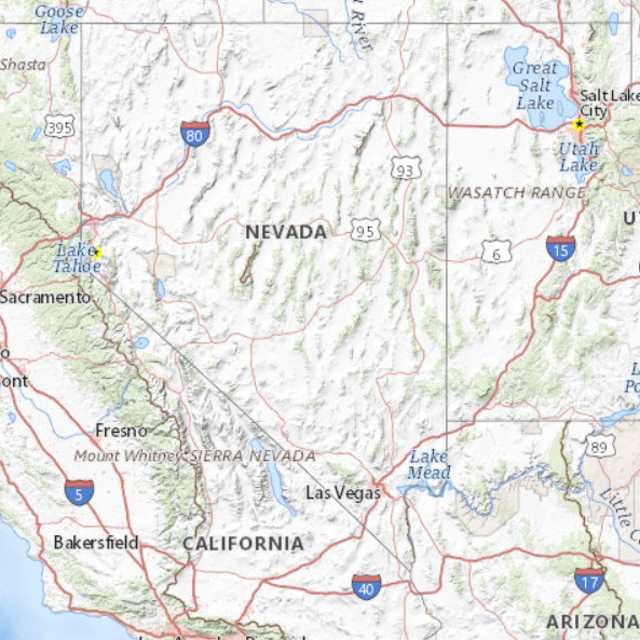
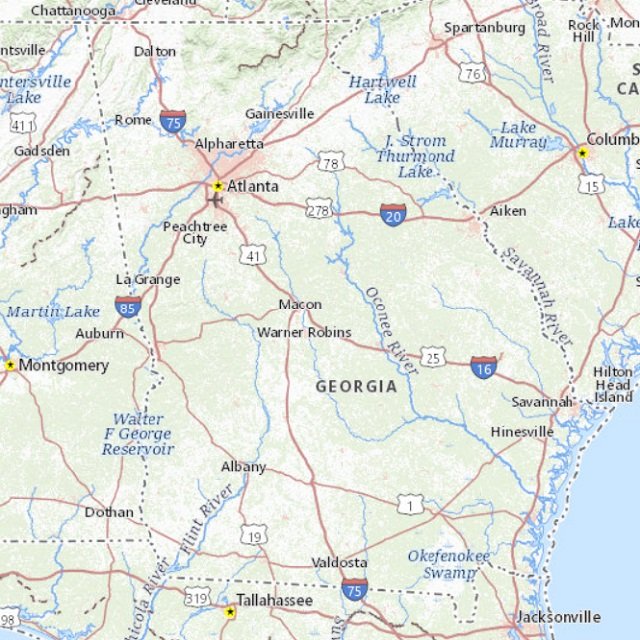
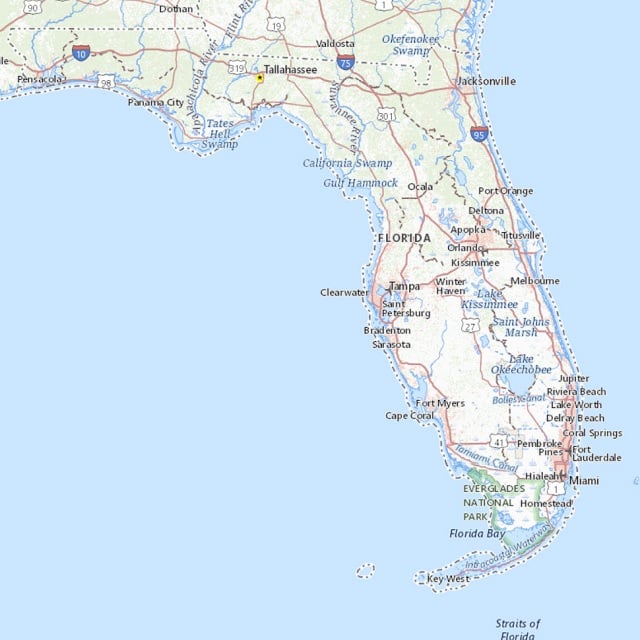
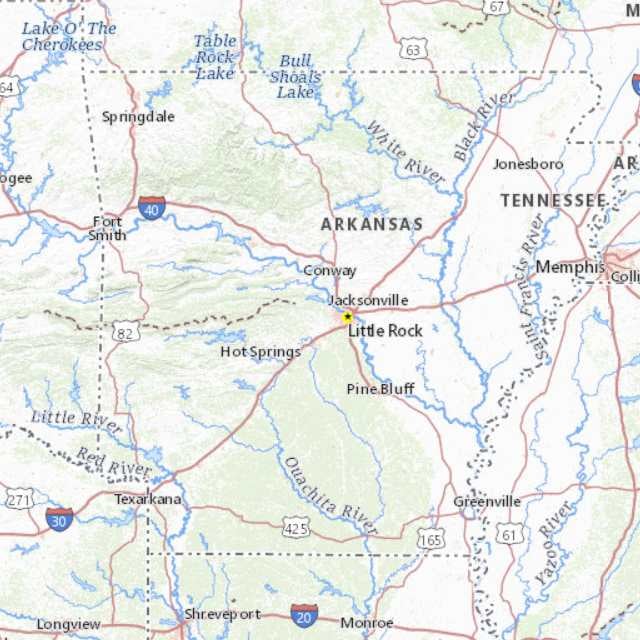

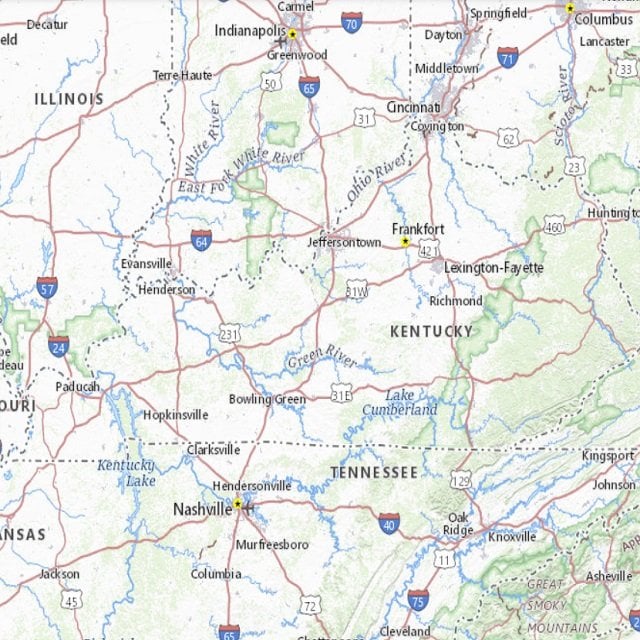
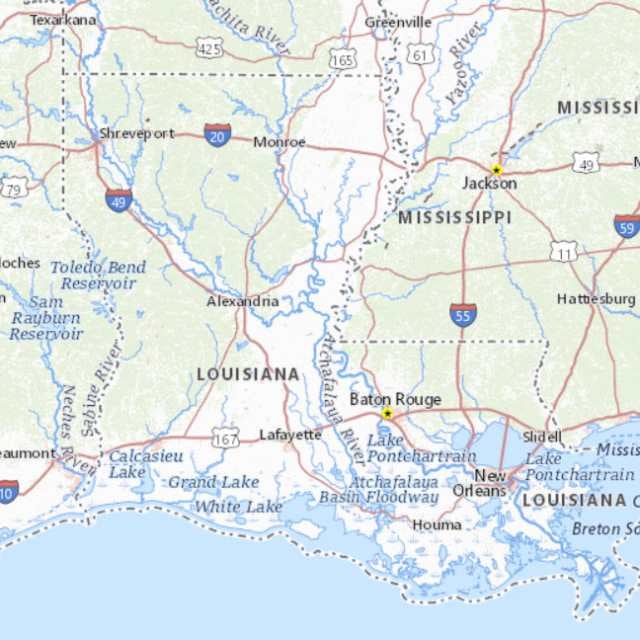
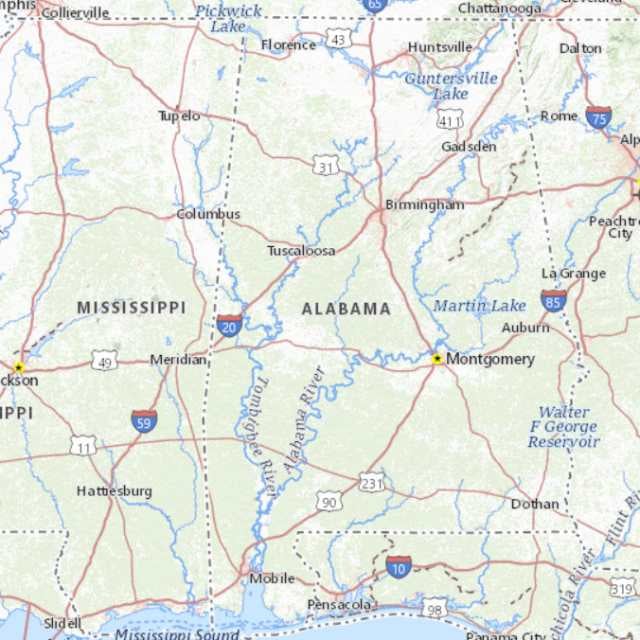
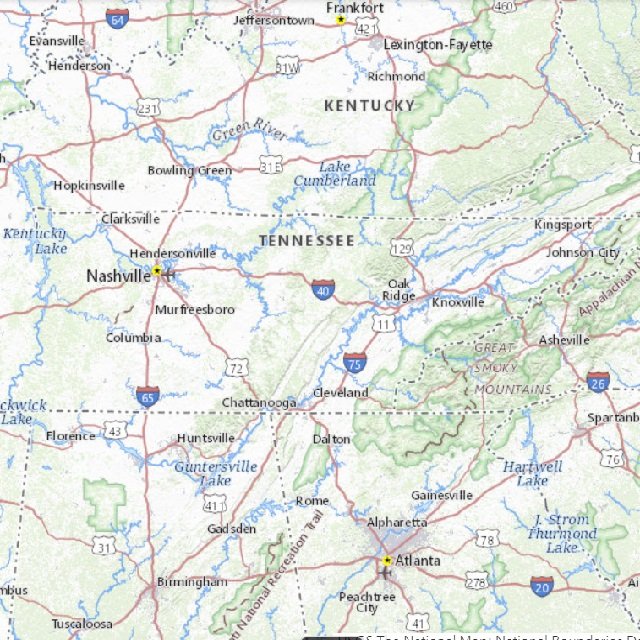
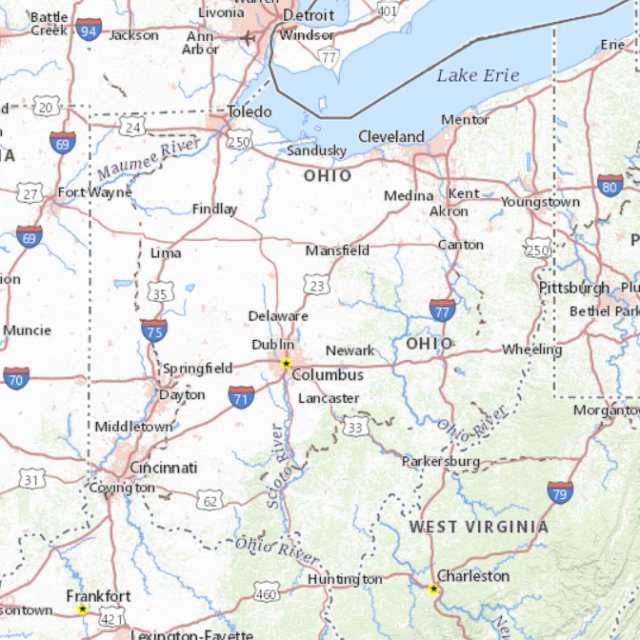

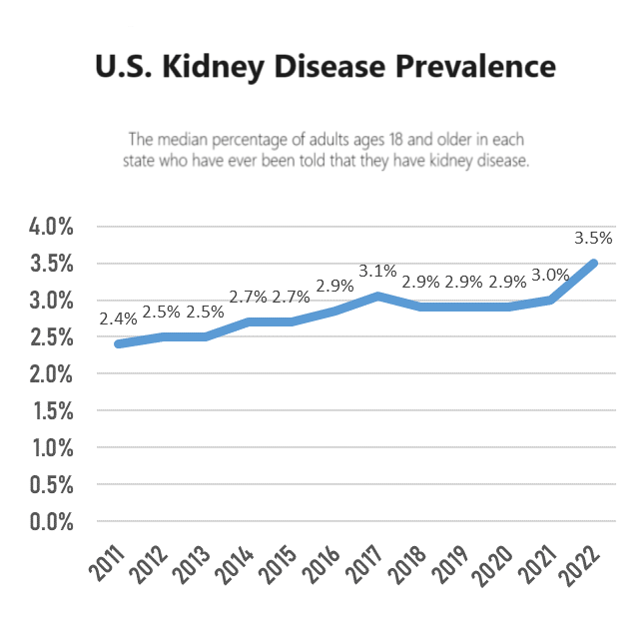


 Slideshow
Slideshow





